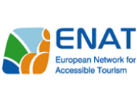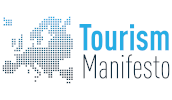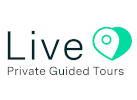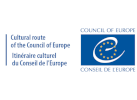Qualified tourist guide for Greece
WFTGA Lead Trainer for guides
WFTGA Area Representative for E. Mediterranean Region
ExBo member of Panhellenic Association of Tourist Guides
Founding Member of the Association of Heritage Consultants (Greece)
Visitors Management in the post Covid-19 era
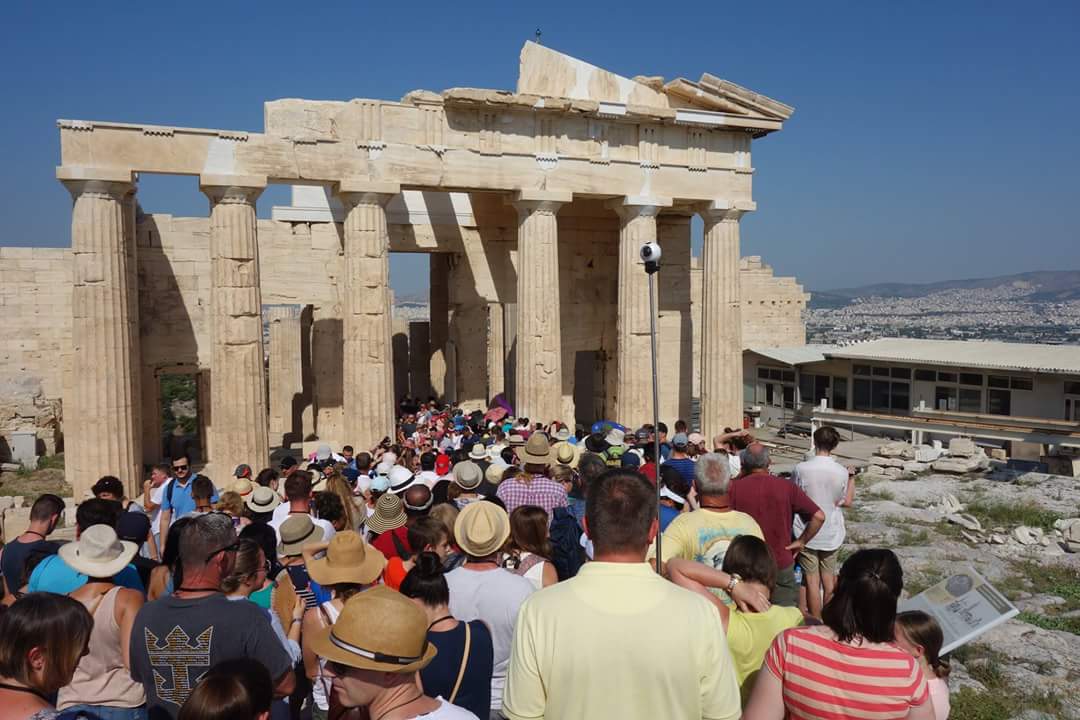
Visitors’ Management in the post Covid-19 era:
Qualified Tourist Guides Offer Solutions from Experience on Ground
The management of visitors is one of the most important areas of interest in tourism, museology and cultural heritage management studies. It includes economic, psychological and sociopolitical concerns, and at this point, following the Covid-19 outbreak, the introduction of new health and safety standards.
In this very brief account, I would like to propose some possible and feasible low-cost solutions for controlling the flow of visitors in the busiest museums and sites of Greece. This is based on what the practice has been up to now and what must be done in this novel ‘normality’ that Covid-19 imposes on us. Greece is an example, the whole of Europe and indeed the world find themselves in similar positions.
In the period I have been a tourist guide, Greece witnessed the tripling visitor numbers, reaching thirty million in 2019. This is in a country of eleven million inhabitants. Tourism contributes 25% in the country’s Gross National Product. However, the tourism infrastructure, regulations as well as the ticketing system in many tourist sites did not readjust accordingly to the demands of this growth. As a result, last year Greece reached serious and unpleasant phenomena of overtourism, especially in sites like the Acropolis in Athens (see photo 1), or Knossos in Crete. Several other museums, sites such as Meteora, as well as islands like Mykonos (see photo 2) and Santorini, prime destinations of megaships with two thousand to five thousand passengers, were reaching capacity. Bad planning where simultaneous arrivals of as many as ten cruise ships at the same destination and with similar excursions, did not help.
Acropolis of Athens on the 8th August 2019 reached a record of 18.000 visitors in one morning, taken from the site guards’ Facebook page
Such situations created suffocating conditions during the high season and at the same time caused a severe deterioration of the visitors’ experience. The visitors’ experience is associated and affected by environmental conditions, health and safety, noise, aesthetics. A visit to a heritage site is supposed to inspire, to help improve oneself, to entertain, to even change the visitors’ perception in a positive manner. To make visitors fans of that place and to cause them the desire to return. In a world where ‘experiences’ are sold to the visitors, we all know how crucial a positive one is.
The experiences witnessed in high visitation sites, especially in the last decade, are not at all the ones described above, but are connected with : feelings of being in danger, surrounded by constant noise, pollution, overheating, suffocation, annoyance, irritation and aggressiveness, as well as no desire to return whatsoever are the norm.
The Covid-19 offers a unique opportunity to reassess the way we view tourism. Steps must be taken towards a radical change, especially given the new imperative of social distancing. Care and action for travellers, who at this point feel unsafe or hesitant to travel, would be the best advertisement for any country. What are these steps?
- Time dispersal of visitors: through time slots in timed e-tickets that would allow only a certain number of visitors to enter a site. Even though this is a very familiar and established practice in several European countries, in Greece e-ticketing was introduced only two years ago and it is not yet used to the best capacity.
- Spatial dispersal of visitors: combo tickets encourage visitors see more than just the highlights. A tourist who only has three hours in Athens, unavoidably will end up in the same place/must-see highlights with the other five thousand who disembarked together.
- Introducing and advertising new destinations and avoiding the ‘fast food’ tourist package model are more ways to make spatial dispersal work.
- Obligatory use of ‘whisper’ systems: this is a system where the tourist guide speaks to the visitors through a microphone and the group can hear through earphones and receivers. Besides their contribution in eliminating noise, these systems are essential for safe distancing within the group.
- Reduce the number of visitors in a group: many galleries and museums require this, but given the new situation, groups should no longer be as big as forty or fifty people (in Greece fifty visitors is the maximum number in one group). Possibly even a maximum of fifteen to twenty.
- Create and implement an easier one-way flow of visitors: sites and museums should take the necessary steps to use different entry and exit points to avoid bottlenecks and overcrowding.
- Extension of the traditional tourist season. This has not been achieved yet despite efforts in recent years.
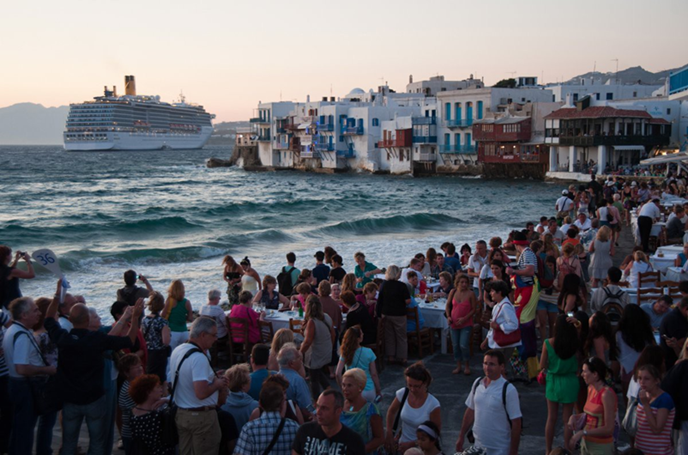
Little Venice, Mykonos island with a mega ship in the background taken from FEG’s website https://bit.ly/2L3Zhvv
Some believe that the above solutions are utopian, unfeasible, while other colleagues in Europe may find them absolutely reasonable because they are already practiced.
Standards as well as protocols must change swiftly and wisely though.
Ministries, tour operators and tourism entities must start collaborating closely, because overtourism is not just a numerical problem, but also a matter of capacity to manage the phenomenon.
For more information see 2018 research of UNWTO at https://www.e-unwto.org/pb-assets/unwto/Overtourism_Factsheet.pdf
Finally, it is not only an issue for the tourist industry only, but for everyone. All stakeholders must be involved if we want a sustainable model. We cannot afford to revert to the ‘normality’ we were used to, for the simple reason that the model of mass tourism is no longer sustainable. It took just a virus to prove that we should not be treated like a herd anymore.





